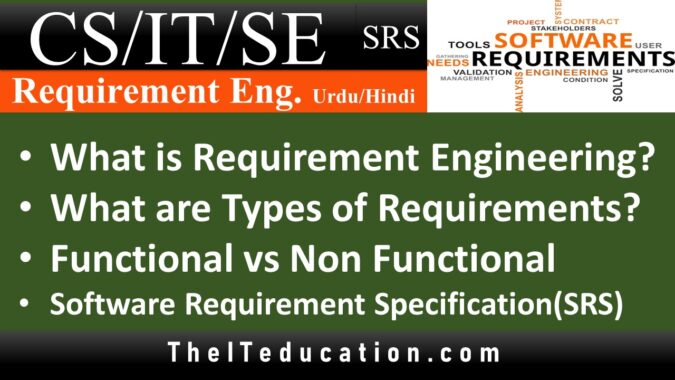Requirement engineering is the starting point in software development and software engineering. Requirement engineering Katas all the activities in which we elicit and all types of requirements in software engineering practices. Sexy video video download. There are different levels of business requirements for a software product. These levels are on the basis of their details. On the basis of level of details are software requirement define software requirements. This video lecture recorded in urdu and hindi will explain the concept of Requirement engineering and types of software requirements.
Levels of Software Requirements
Software requirements are defined at various levels of detail and granularity. Requirements at different level of detail also mean to serve different purposes. We first look at these different levels and then will try to elaborate the difference between these with the help of different examples.
- Business Requirements
- User Requirements
- Functional Requirement
- Non-Functional Requirements
Types of Software Requirement
- Business requirements which defines the product scope
- User requirements which describe the prospective of a user about the software.
- Functional and nonfunctional requirements which details the overall functionalities of a software product and the constraint under which peace functionalities must be achieved.
Non-functional requirement play a significant role in the development of the system. If not captured properly, the system may not fulfill some of the basic business needs. If proper care is not taken, the system may collapse. They dictate how the system architecture and framework. As an example of non-functional requirements, we can require software to run on Sun Solaris Platform. Now it is clear that if this requirement was not captured initially and the entire set of functionality was built to run on Windows, the system would be useless for the client. It can also be easily seen that this requirement would have an impact on the basic system architecture while the functionality does not change.
While writing these requirements, it must always be kept in mind that all functional requirements must derive from user requirements, which must themselves be aligned with business requirements. It must also be remembered that during the requirement engineering process we are in the definition phase of the software development where the focus is on what and not how. Therefore, requirements must not include design or implementation details and the focus should always remain on what to build and not how to build.
Software Requirement Specification (SRS)
After collecting all types of business requirement software engineer a software specification document which is also called SRS is prepared. Software requirement specification document is also called requirement statement it which is a standard document. It software requirement specification document can contain scope of the project, functional and nonfunctional requirements, use case diagrams, project plan and usage scenarios as per requirements and standard of a software development company. E we will talk about how to prepare a software requirement specification document in our next lecture.

